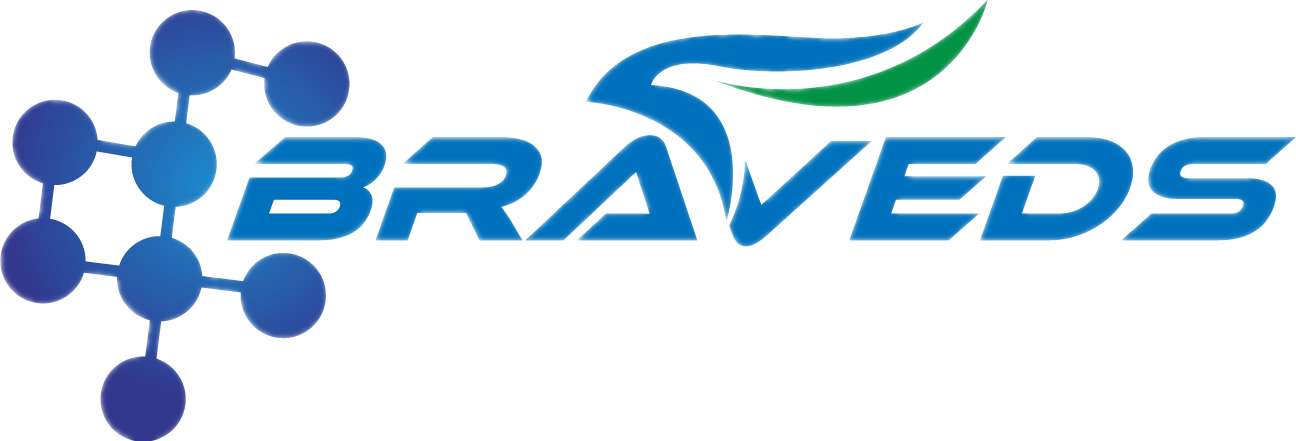S16 surfactant/SILWET L7600
SILWET L-7600 is a polyoxyleneoxide modified polydimethylsiloxane surfactant that combines the strong hydrophobicity of silicone with the hydrophilicity of polyether. Ultra-low surface tension (as low as 20-25 mN/m) can be achieved in water-based and organic solvent systems. Its unique molecular structure gives it a strong wetting ability (even wetting ultra-hydrophobic surfaces such as PTFE), and has anti-coagulation, anti-hemolysis, antistatic and other properties, is a key functional auxiliary in the development of solid phase whole blood diagnostic reagents.
Action mechanism
Super wettability: Through the siloxane chain segment quickly adsorbed to the hydrophobic interface (such as PTFE, nitrate cellulose film), reduce the contact Angle, promote the uniform spread of liquid.
Anti-red cell interference: Inhibit non-specific binding of red blood cells to solid phase carriers in high erythrocyte specific volume (HCT) samples, eliminating detection biases (such as false coagulation positives).
Non-hemolytic: mild action on the erythrocyte membrane, to avoid hemolysis release hemoglobin interference optical detection (such as colorimetry, fluorescence method).
Assisted penetration and leveling: accelerates the diffusion of reagents in dense substrates (such as blood clots, sticky samples) and improves reaction uniformity.
Antistatic property: Reduce the accumulation of particles (such as latex microspheres) caused by electrostatic adsorption to ensure signal stability.
Application scenario
Whole blood direct detection reagent: add to solid state reaction plate or test strip (0.05%-0.2%) to block red blood cell adhesion and improve detection accuracy (such as CRP, D-dimer).
Microfluidic chip: Pre-coated on hydrophobic microchannels (such as PDMS, PTFE) to optimize whole blood/plasma separation efficiency and reduce cell clogging.
Immunochromatographic strips: Sample pad treatment solution (0.1-0.3%) is added to accelerate the penetration of whole blood samples while inhibiting the retention of red blood cells on the binding pad.
Cell lysate enhancer: In combination with a stain remover (e.g. Triton X-100) (0.05%-0.1%), it enhances mild lysis of blood cells/histiocytes.
Optical detection anti-interference: in the colorimetric/fluorescence detection system (0.05%-0.15%), reduce the scattering interference of blood cell fragments to the light signal.
General use range: 0.05%-1.0% (0.1%-0.3% commonly used in whole blood diagnosis).
Matters needing attention
Compatibility test: Avoid direct contact with strong oxidants (such as high concentrations of ammonium persulfate) or silicone adsorbent materials (such as silica columns).
Long-term stability needs to be demonstrated in fluoropolymer systems such as PTFE. Common problems and solutions
Q&A
The whole blood chromatographic speed is too slow: the concentration of S16 may be insufficient; It is recommended to increase to 0.2%-0.3%, or optimize the porosity of the sample pad.
Detection background residual red blood cells: the possibility that red blood cells were not completely blocked; It is recommended to increase the S16 concentration to 0.3% - 0.5%, or extend the reaction time.
The stability of the reagent decreases: it may interact with the components of the system; It is recommended to replace incompatible components (such as cationic polymers) or adjust the order of addition.
Uneven wetting (PTFE surface) : surface pretreatment may be inadequate; It is recommended to pre-clean the substrate (e.g. plasma treatment) before coating S16.
SILWET is a trademark of MOMENTIVE
| SKU | UNIT | PRICE (USD) | QTY |
|---|---|---|---|
| BLDS16-2 | 100g | 134 | |
| BLDS16-2 | 500g | 583 |




